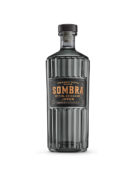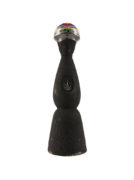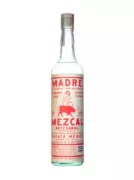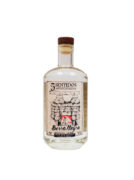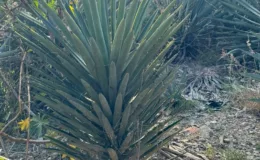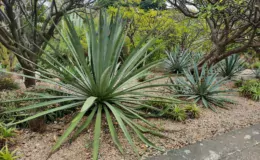
What is the tequila & mezcal worm? Do I eat it?

The legendary Tequila Worm is 100% a real thing! These worms exist, and you can find them in some bottles of mezcal and tequila. They sometimes go by different names like "agave worm", "tequila worm", "maguey worm", or "mezcal worm", but rest assured, they're all the same worm. They are all the larva of a specific type of moth that makes its home on the agave plant. There are many legends about the Tequila Worm, like consuming the worm results in drunkenness or hallucinations. Unsurprisingly, most legends are unfounded.
The Truth About The Tequila Worm
Speaking of unfounded legends, the Tequila Worm is actually only found in some bottles of mezcal, not tequila. And there are acdtually two types of moth larva that can be used: The first comes from a beetle with red coloring known as Scyphophorus acupunctatus and the second from a Cossidae moth known as Comadia redtenbacheri. They both feed on the agave plants that produce mezcal and tequila.
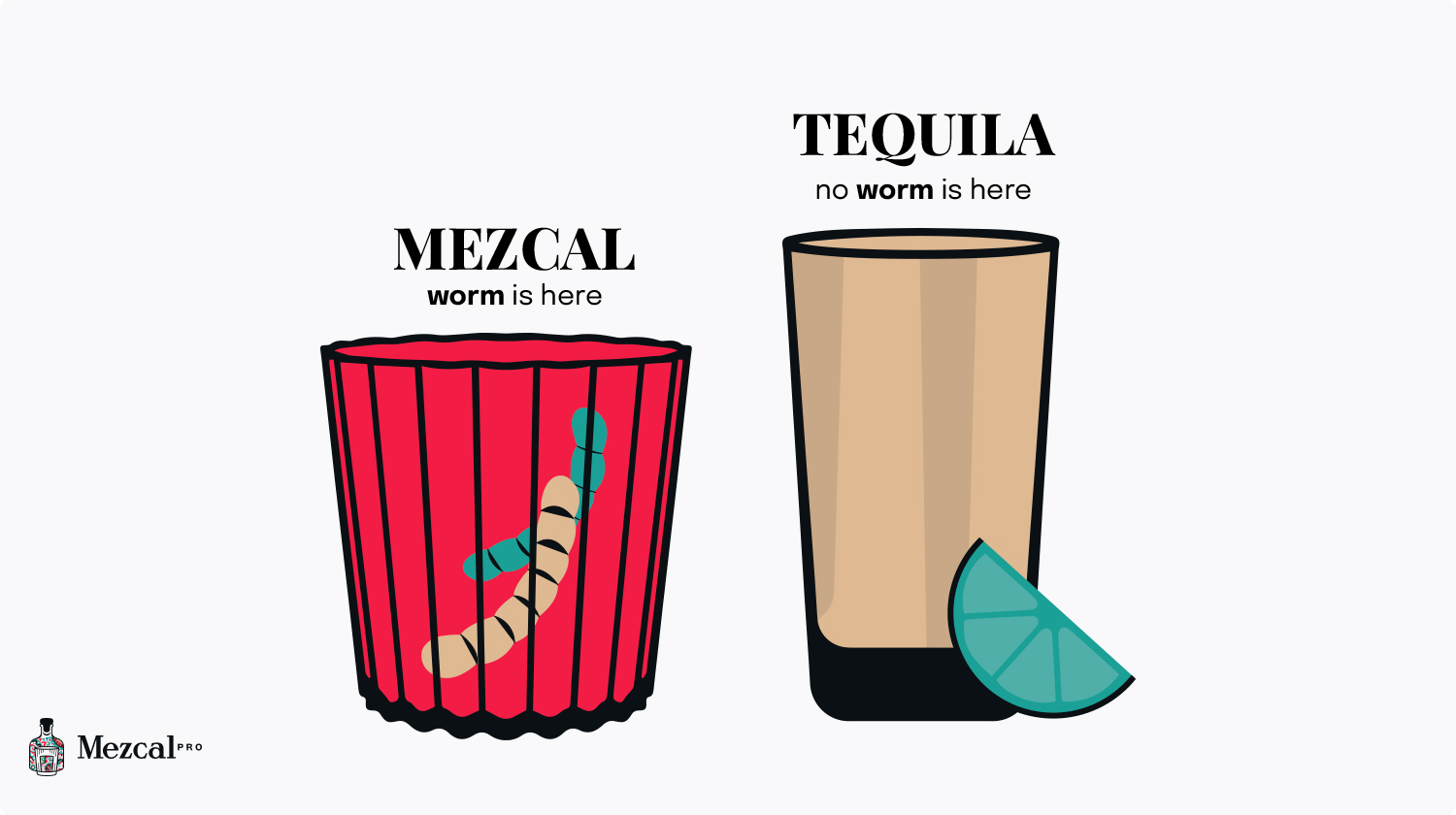
The legends of the worm
The tequila worm began appearing around the 1940s or 50s when a Mexican mezcal producer found a larva in a batch of mezcal. Stories claimed that he thought that the worm (gusano) helped to improve the taste of mezcal. He subsequently started to put a larva in each bottle.
Another story claims that the worm was used by mezcaleros to tell the bottles of tequila and mezcal apart. Long ago the bottles containing tequila and mezcal would be difficult to tell apart without sampling, therefore, the addition of the larvae in mezcal helped distinguish one bottle from the other.
Others believe that the addition of the larvae was purely a marketing angle aimed at the American market as tequila was flooding the United States and the addition of the worm allowed for mezcal to differentiate itself.
Significance of the Tequila Worm
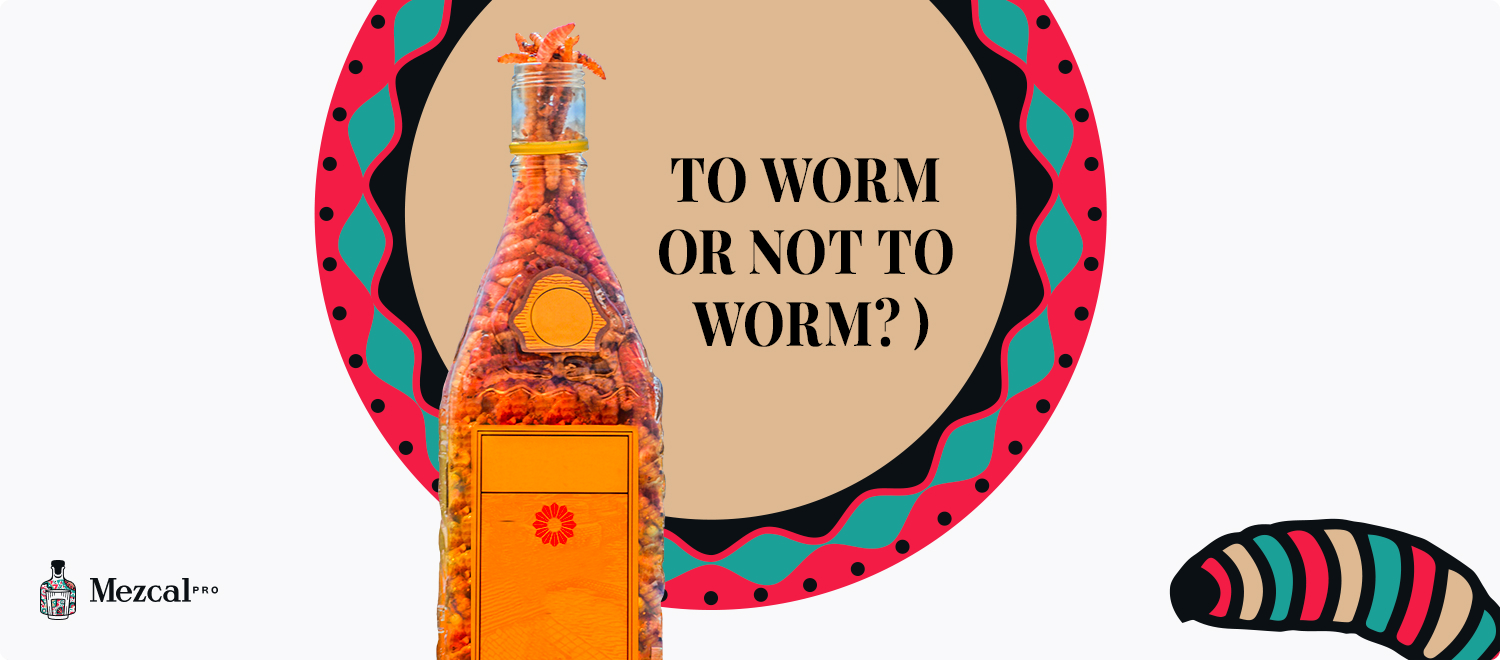
While the larva does not add anything flavor-wise to your mezcal, it does seem to work as an effective marketing ploy. In fact, this ploy was so effective that agave farmers had a blowout with the Mexican government in 2005 over the use of the worm. The authorities attempted to prohibit the addition of larvae in mezcal bottles in order to increase consumer confidence in the integrity of mezcal. The farmers won the fight by proving that the larvae can be added without compromising the flavor of mezcal.
Today, some believe that the addition of larvae proves that the spirit has a high enough ABV (Alcohol by Volume) to "pickle". the worm. Others think that eating the worm takes you on a psychedelic adventure. Unfortunately, the only adventure you get will be from consuming large amounts of mezcal, and not from the larva in it. Nowadays, there are no tequila bottles containing a worm as the Mexican Standards Authority prohibits it. If you find a worm in a bottle that you think might be tequila, chances are it is a bottle of lower end mezcal.
How do I Eat the Worm?
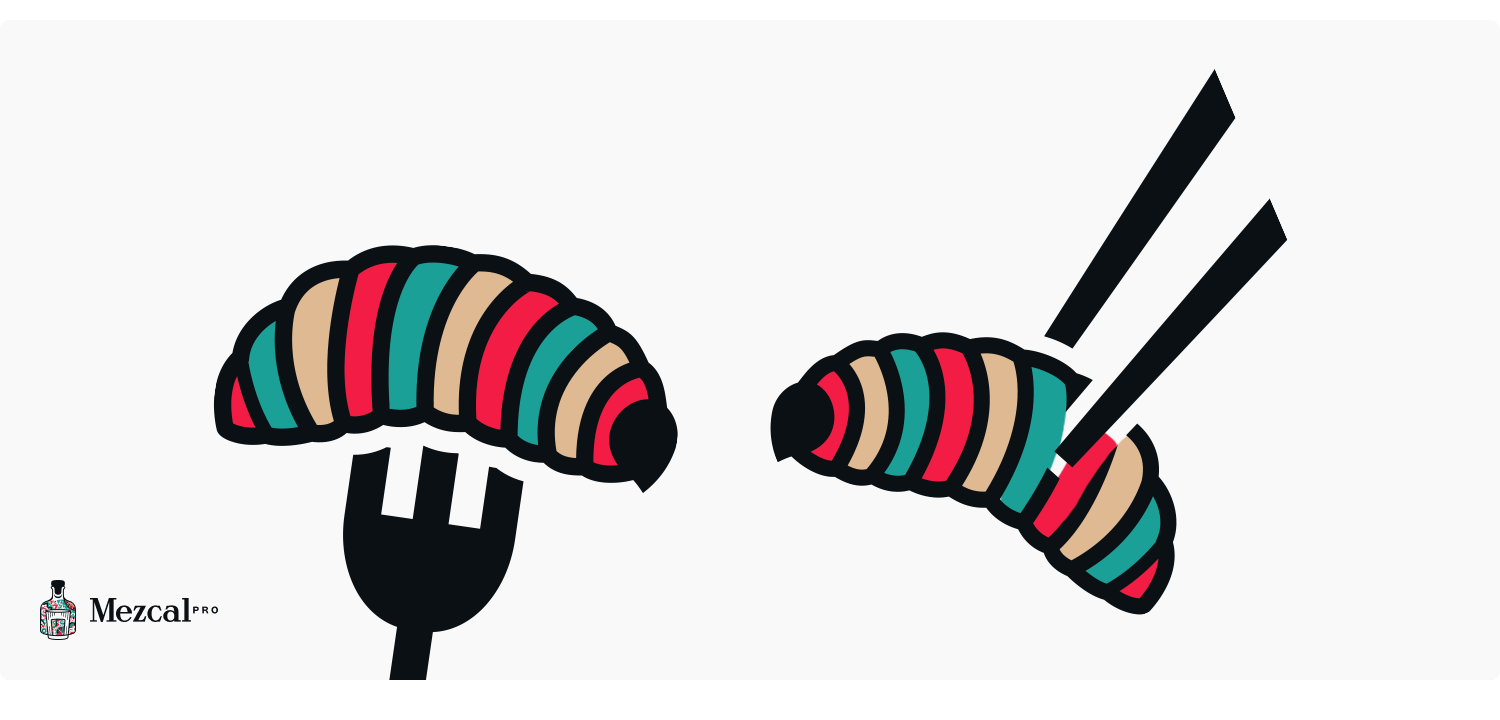
For those brave souls curious enough to try the worm, some have described it to taste like chicken. Others have less favorable things to say about it. While it may not taste great coming out from the bottle of mezcal, the gusano de maguey are often incorporated into delicious dishes that make a great snack while drinking mezcal.
If you would like to enjoy the mezcal worm in a more traditional way, try sipping some mezcal with some orange slices and sal de gusano. Many drinkers top their orange slices with the worm salt and pair it with some mezcal served in a copita.
What is Sal de Gusano?
Spicy and salty, sal de gusano or worm salt is made from ground up tequila worms and a few spcies. Think of an umami salt explosion, where you experience a combination of savory, smoky, spicy, and salty. Traditionally served with orange slices alongside mezcal, this Oaxacan specialty can vary in flavor depending on varieties of gusano, chile pepper, and salt.
Unlike the combination of salt and lime in tequila, worm salt helps to complement the agave spirit, adding dimensions and depth to the already complex flavors of mezcal. You can also use worm salt to add umami to ceviche, cocktails, salsas, or any food you desire.
Mexico’s Other Edible Insects
Edible bugs have been part of Mexico’s diet throughout history. A crucial protein source during the pre-Columbian times, some experts estimate that there are up to 500 bug species used as a source of food in Mexico. Today, there are several species that are still consumed today besides the already famous gusanos de maguey.
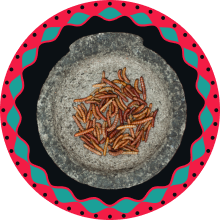
The name gusano rojo translates to red worm. Also known as the chili worm or chichitlico-cuilin in Nahuatl due to its red color, this insect lives in the agave’s pina and can only be found around May to October, during the region’s rainy season. This insect can be salted, fried, eaten in tacos, used in sauces, or mixed with salt and served with mezcal.
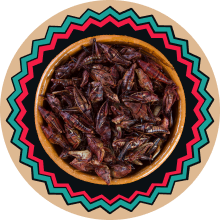
Chapulines or grasshopper-like insects are prized for their protein and flavor. Their sizes vary from as small as a grain of rice to as large as a cricket. Relatively inexpensive, they are easily accessible and can be boiled, fried, or toasted to be eaten as a snack, added to tacos, or eaten as a side while sipping on mezcal. Chapulines can easily be found served in bars or cantinas.
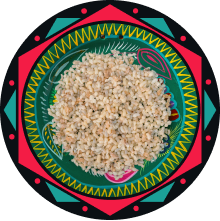
Escamoles are ant eggs that looked like a prepared risotto. The larvae of this species can only be found in underground nests. It is considered a true delicacy as it is difficult to harvest and is only available a short season during the year. Often known as Mexican Caviar, it is a common part of the ancient Mexican diet. Escamoles can be fried, wrapped in tortillas, mixed with eggs, added into stews, or eaten as a snack while sipping on mezcal.
Mezcal Brands With Worms
Gusano Rojo is a mezcal produced by Nacional Vinicola. This company was the first bottle of spirits to include the worm in the bottle. Subsequently, Andres Paniagua and Jacobo Lozano Paez added the worm in a different mezcal. Dos Gusanos.
Some of the other brands of mezcal that include worms in the bottle are El Recuerdo, Patrón, Beneva, Agave de Cortes, El Senorio Reposado, Monte Alban Mezcal Con Gusano, and Wahaka Reposado Con Gusano.







